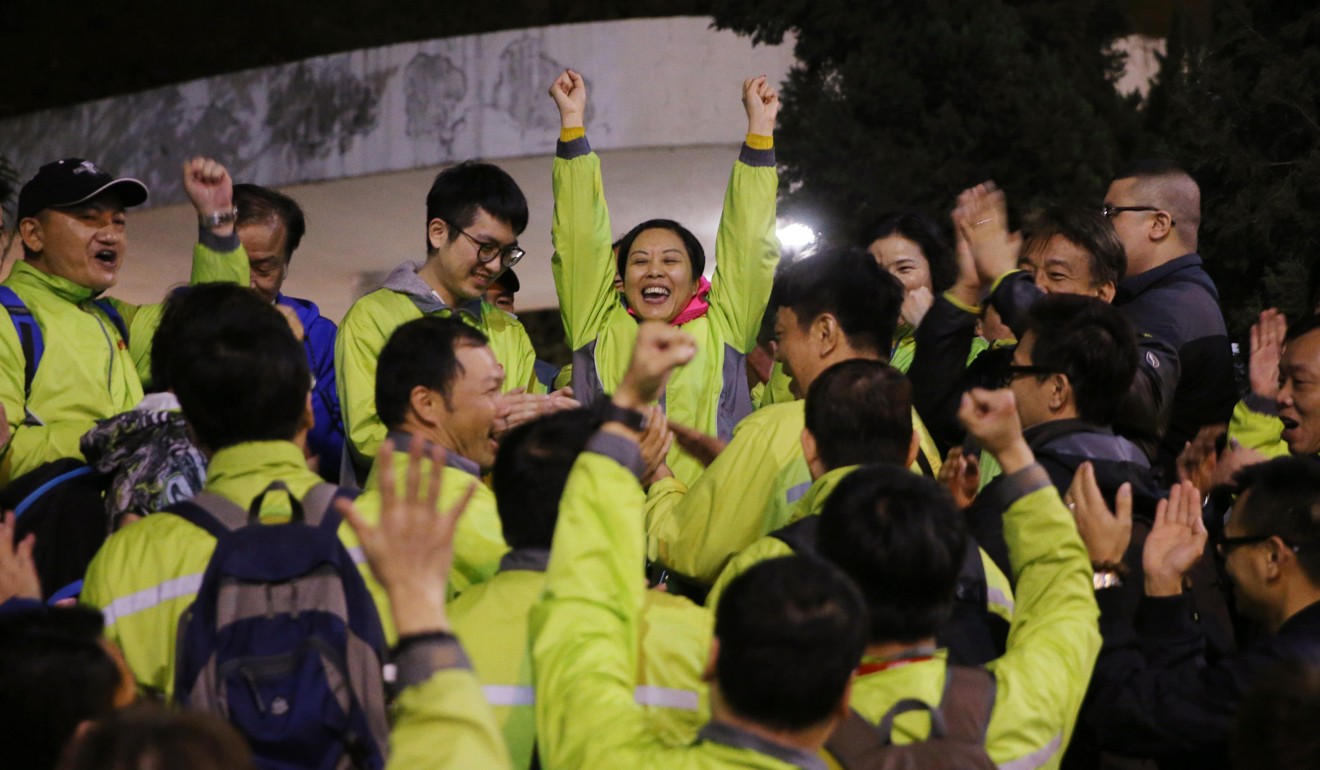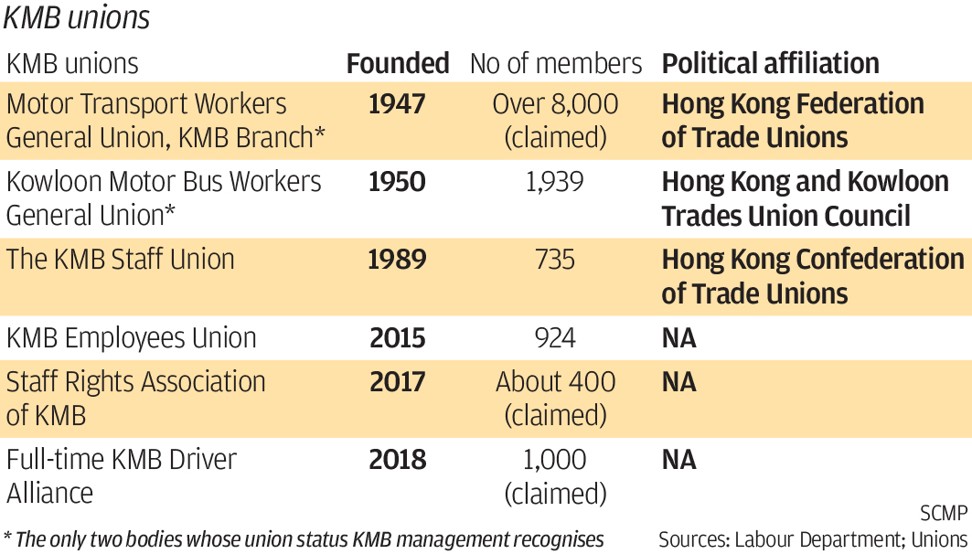
How a deadly crash sparked a protest by Hong Kong bus drivers
Accident that killed 19 and injured more than 60 others shed light on plight of city’s overworked and underpaid transport workers
The tragedy shook the city and sparked debate over the well-being of 13,000 franchised bus drivers, who have for years complained of being overworked and underpaid.
The incident exposed a long-standing feud between the trade bodies representing bus drivers, each with their own political background, history and stance on welfare and benefits.
We take a look at the issues on the table.

What changed after the accident?
Most drivers were already receiving that amount, but HK$3,556 of the sum was classed as bonus pay conditional to them meeting monthly safety and service requirements. That meant the bonus would be forfeited if drivers were involved in an accident, did not follow procedure or got too many complaints.
The change, together with a rise in overtime pay, means drivers will on average receive an additional 6.8 per cent in pay each month.
Reviews must lead to greater bus safety in Hong Kong
Breaks during each shift will also be extended, while drivers must rest for 22 hours after working three consecutive days.
The new rules will be progressively implemented over the next year.

What led to the strike?
Both the pay restructure and the reduced hours came out of negotiations by the leading trade body, the Motor Transport Workers General Union, which has about 8,000 KMB members.
The organisation is affiliated with the Federation of Trade Unions, a pro-Beijing group with close ties to the government.
Unions split over new pay deal for bus drivers following deadly Hong Kong crash
Many drivers had been dissatisfied with the group’s inability for years to push for better pay and welfare. Some even suspected the union had struck a deal with KMB to roll out the restructuring exercise so the company could skip its annual pay rise in June.
The Full-time KMB Driver Alliance, established after the Tai Po accident and claiming to represent 1,000 drivers, called for HK$18,000 in basic pay instead and threatened a strike if the demand was not met.
KMB did not cave in, and the group commenced industrial action.
How many KMB trade bodies are there?
There are at least five bus driver unions registered under the Labour Department, although KMB recognises only two – the Motor Transport Workers General Union and the KMB Workers General Union.
Both groups have pro-government backgrounds, and both refused to back the recent strike, saying KMB had already taken steps to improve driver pay.
This put them at odds with the three remaining groups: KMB Staff Union, KMB Employees Union and Staff Rights Association of KMB. These groups either backed the alliance in the strike or said they “would not prevent” their members from taking part.
What caused the strike to fail?
The sheer difference between the two blocs in terms of membership numbers, resources and links to the government and KMB meant the alliance remained a minority voice.
The disorganised nature of the strike – the alliance gave KMB less than one day to respond – plus the lack of protection for drivers also prevented a solid turnout. Drivers probably feared losing their jobs, since the strike was not sanctioned by a union recognised by the bus company.


